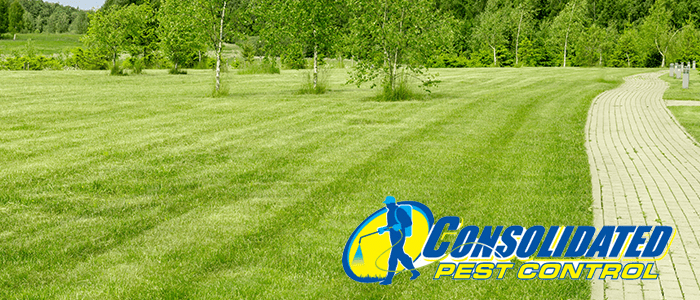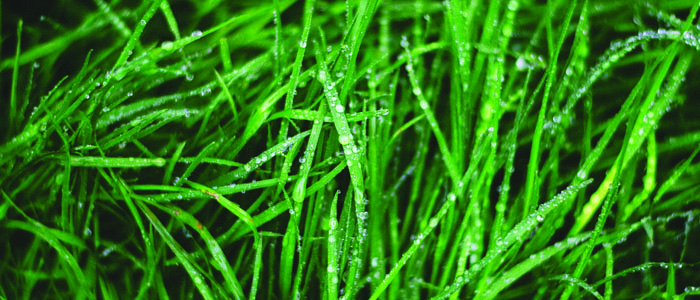
If you’re one of the many people in Florida who have the pleasure of owning and maintaining a hedgerow, or you’re a gardener with a fair share of woody plants on your plot, very few things can be as upsetting as watching your plants defoliate out of the blue. When you turn over the surviving leaves and discover waxy, mealy little things flying around and clinging to them, you know the trouble: Whiteflies have invaded. Two of the most common species out of the seventy-five in Florida are the focus whitefly and the spiraling whitefly. These voracious insects can strip a plant of its leaves rapidly, so what can you do to stop them?
Know the Signs
Yellow leaves are always alarming when you don’t expect them. If your leaves appear to be disfigured and have a waxy white buildup on the underside, or you see whiteflies themselves, you’ve got an issue. These creatures move in colony groups and reproduce rapidly. They can take over a whole vegetable garden before the month is out if left unchecked. They even leave behind excrement that quickly molds over and further poisons your plants.
New growth is especially vulnerable to whitefly incursion, so check buds and shoots that have just sprung out for signs of whitefly breeding. Some species also leave behind distinctive white spirals on plants they’re infesting as they feed and reproduce. Since whiteflies tend to prefer occupying the underside of leaves where the veins are easier to pierce and feed on, you’ll have to get down and do some inspection work if you suspect a whitefly presence.
Getting Rid of Whiteflies
Thankfully, once you notice the problem, you have several options to address it and protect your plants. Many populations of whiteflies have developed resistance to the most easily available commercial chemical products, but there are still methods to reduce their population and the damage to your plants. Grab the nearest handheld vacuum and suck up as many of the little beasts as you can. Lift the leaf to get at the ones underneath, too. When you’re finished getting as many as you can this way, don’t dump them in the bin. Shove ’em in a plastic bag and tie it tight before throwing them away.
Next, trim the most damaged leaves. If you don’t, the plant will waste resources on the damaged leaves, even though they’re already gone. Because these leaves may have eggs on them, put them in a plastic bag and tie it shut, too. To finish up, mix a tablespoon of dish soap with a gallon of water, pour the solution in a spray bottle and soak the leaves – Top and bottom. Get the stems, too. Every three or four days, eggs will hatch, so keep spraying every couple of days to get all the newborn whiteflies, too. Once you’ve dealt with the infestation as best, you can fertilize the soil to strengthen the plants and stay on top of them to keep your plants safe. Also, consider planting pest repelling plants such as basil, dill, or catnip.
In Conclusion
If your plants are going downhill fast, though, bring in the pros. It can be hard to get the hang of cleaning off leaves and knowing how to get at all the hiding flies and their young, and keeping them gone after the first run is difficult. Don’t be afraid to ask for help on a very complex, challenging issue!








